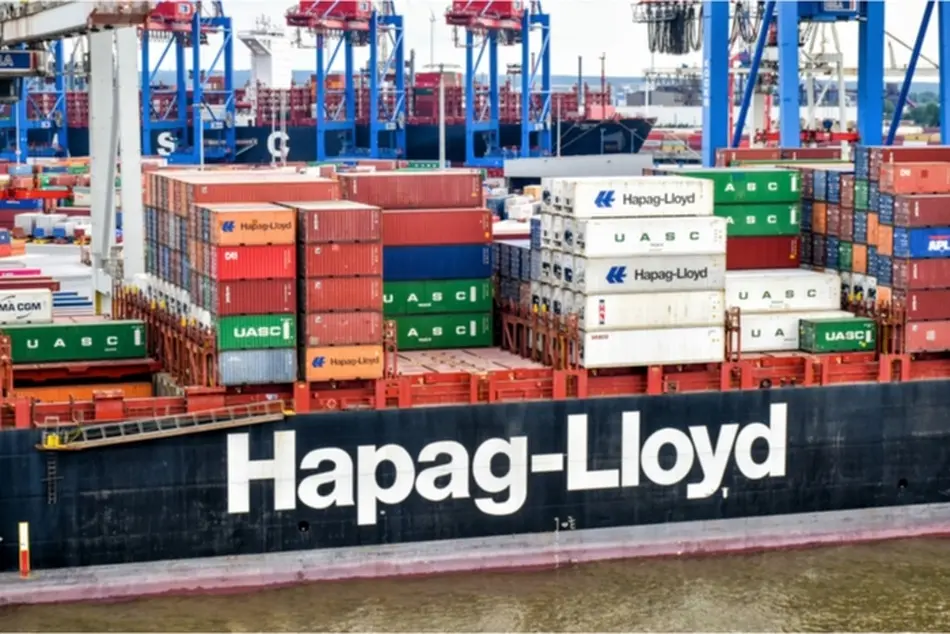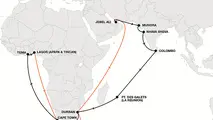Hapag-Lloyd’s profit rises despite lower volumes
Despite the negative effects of the COVID-19 pandemic, German container shipping company Hapag-Lloyd closed the first six months of this year with a profit.

Despite the negative effects of the COVID-19 pandemic, German container shipping company Hapag-Lloyd closed the first six months of this year with a profit.
The group profit stood at $314 million in H1 2020, compared to $165 million seen in the corresponding period a year earlier.
Earnings before interest and taxes (EBIT) amounted to $563 million and surpassed the prior-year figure of $440 million.
At the same time, earnings before interest, taxes, depreciation and amortisation (EBITDA) rose to $1.29 billion from $1.08 billion.
Revenues in the first half year of 2020 stood at approximately $7 billion, less than 1 per cent below the prior-year level. This can primarily be attributed to the fact that transport volumes decreased by approximately 4 percent, to roughly 5.8 million TEU, according to the carrier.
While transport volumes still slightly increased in the first quarter, the second quarter saw a decline of roughly 11 per cent compared to the prior-year period as a result of the pandemic. However, the average freight rate in H1 2020 slightly improved to $1,104 USD/TEU.
“After the year got off to a decent start, transport volumes significantly declined in the second quarter as a result of the COVID-19 pandemic,” Rolf Habben Jansen, Chief Executive Officer of Hapag-Lloyd AG, said.
“We benefitted from the sudden drop in bunker prices, adjusted capacity to lower demand and took additional cost-cutting measures as part of our Performance Safeguarding Program. On the whole, we have a good first half year behind us despite the coronavirus crisis,” he added.
Transport expenses were around 4 per cent below the comparable figure for the previous year. An average bunker price which is higher than it was in the prior-year period owing to the introduction of the IMO 2020 fuel regulation, was offset by positive effects from a volume-related decline in transport expenses and active cost management resulting from the PSP measures. In addition, the sharply declining bunker prices in the second quarter had a positive impact on Hapag-Lloyd’s earnings.
The free cash flow was once again positive and stood at $1.2 billion. The liquidity reserve was significantly increased in the first half of the year as active measures were taken to further strengthen the liquidity position as part of the Performance Safeguarding Program, and it stood at approximately $1.9 billion at the end of June.
“Thanks to the wide range of measures we have introduced in recent months, we are still on track…We will continue to advance our Performance Safeguarding Program and to implement our Strategy 2023.”
“While doing so, we will keep a close eye on the future course of the COVID-19 pandemic and flexibly react to market changes. On the whole, the pandemic is and will remain a major source of uncertainty for the entire logistics industry,” Jansen concluded.
Looking ahead, the results forecast remains unchanged. For the current financial year, Hapag-Lloyd expects an EBITDA of EUR 1.7 to 2.2 billion and an EBIT of EUR 0.5 to 1 billion. Given the COVID-19 pandemic and the economic repercussions it has had in many parts of the world, the forecast will remain subject to considerable uncertainty, the company explained.
Hapag-Lloyd has a fleet of 239 containerships with a total transport capacity of 1.7 million TEU.



